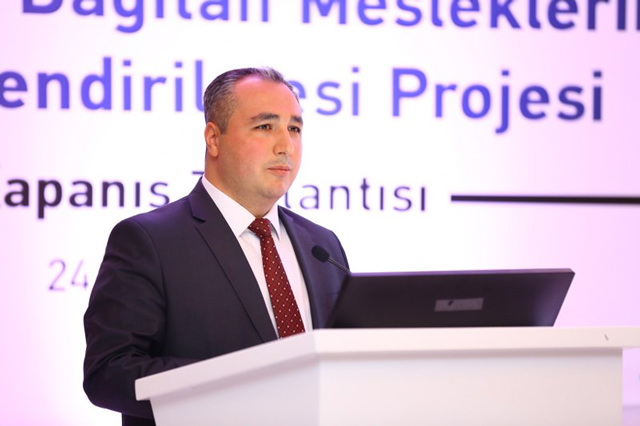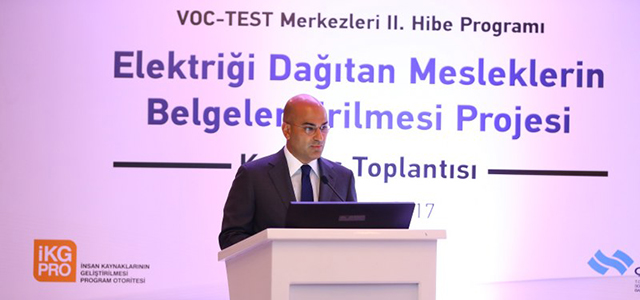
People’s interest in solar roofs - of which costs have started to decline dramatically thanks to the incentives of countries - is continuosly growing.
In most of the countries including the politics of European Union, integration of renewable energy sources to the grid is on the top agenda. At this point, solar roofs are regarded as “one of the most important ways of decreasing energy costs.”
According to a report titled “Renewables Global Status Report 2016” published by Renewable Energy Policy Network for the 21st Century (REN21), investments in small-scale solar PV (5-20 kWh) stood at $67.4 billion worldwide. (1)
Distributed solar PV systems are gaining ground in many developing countries as immediate and affordable alternatives to centralised, grid-based power systems.
Interesting developments in various countries
In parallel with the recorded developments in the report of REN21, a number of interesting news showing the growth of solar roofs is seen. Some of them are as follow:
China is seeking to boost demand for solar panels mounted to roofs of homes and businesses as the market for larger utility-scale plants dries up.
Installations atop factories, malls and airports are likely to surge sixfold to almost 40 gigawatts by the end of 2020 and 125 gigawatts by 2040, according to Bloomberg New Energy Finance. That would give China roofs installed capacity roughly equal to the entire solar market in the U.S. at the end of 2016. (2)
Likewise, the installed capacity of the solar roof panels in New York has increased 795 percent in the last 5 years reaching up to 750 MW, statistics showed. Thanks to a program called NY-Sun which will provide $1 billion financial support to solar roof installations, an additional capacity of 3.070 MW will be created by 2023. (3)
Residential panel installations in the U.S. grew 71 percent in 2015 as the falling cost of panels made the power they generate more competitive. In December, Congress unexpectedly extended a tax credit set to expire at the end of 2016. Panel buyers will get reimbursed for 30 percent of the cost of new solar panels through 2019 and at least 22 percent through 2021. (4)
According to Australia Clean Energy Administration data, around 1.7 million roofs have solar panels of which installed capacity is 5.430 MW by the end of Janunary. Around 16 percent of residents have solar roofs while this percentage is expected to rise from 20 to 50 percent in the coming years. (5)
Companies focus on solar
Together with the interest of the countries in the solar roofs, many companies have also started to show more tendency in these developments. Tesla released the information to order its new solar roof tiles products – starting with the smooth black glass tiles and the textured glass tiles.
Tesla’s CEO Elon Musk hinted that it would be cheaper than a regular roof after accounting for energy savings, and said that Tesla’s solar roof could cost less than a regular roof – even before energy production.
The company said that the “typical homeowner can expect to pay $21.85 per square foot for a solar roof.”
The $21.85 per square foot price point was calculated for a roof where 35 percent of the tiles are solar (solar tiles cost more per square foot than non-solar tiles). (6)
Harvard researchers developed a battery that could store renewable energy in residents for 10 years. (7)
The University of Newcastle is one of only three sites in the world testing printed solar, which uses electronic inks to conduct electricity. These can be printed at "massive scale" by machines, meaning they could be used for speedy rollout across large areas. Handy, especially in times of disaster. (8)
Positive impact on employment
The growing capacity of solar energy has positively impacted the employment in the sector.
Solar employment expanded last year 17 times faster than the total US economy, according to an International Renewable Energy Agency report. Overall, more than 260,000 people work in the solar industry, up by 24 percent from 2015.
money.cnn.com







